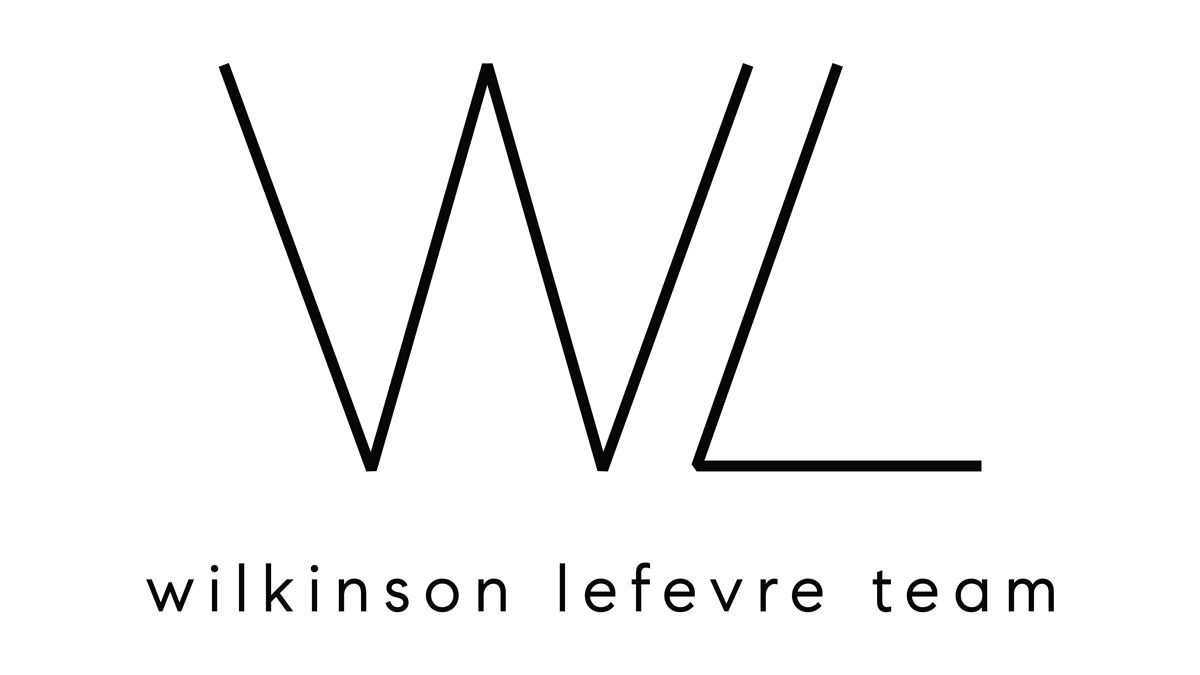When it comes to determining the value of a home in New York City, numerous factors come into play. The expected variables such as location, size, and overall condition certainly matter, but in the unique context of this city, there’s an often overlooked aspect that can significantly sway the listing price: the specific floor location within a building.
Exploring the Distinctions between Low and High Floor Apartments
It’s essential to examine the distinctive characteristics and benefits associated with both low and high floor apartment locations. Let’s delve into the differences between these two options:
**Low Floor Apartment Locations:**
Low floor apartments are situated closer to the ground within a building. Typically spanning the first few floors, these residences boast unique attributes that cater to particular preferences:
- Accessibility: Low floor apartments provide easy access, making them a practical choice for individuals who prioritize swift entry without relying heavily on elevators.
- Engagement: Being closer to the street level fosters a sense of connection with the bustling activities and local surroundings. Residents often feel a part of the vibrant neighborhood energy.
- Convenience: The shorter wait times for elevators associated with low floor apartments offer a level of convenience that suits daily routines.
- Privacy: It’s important to note, however, that low floor apartments might have less privacy due to foot traffic and potential street noise. The use of curtains or blinds could be necessary to maintain personal privacy.
**High Floor Apartment Locations:**
On the other hand, high floor apartments are elevated within a building, offering distinct advantages tailored to a specific set of preferences:
- Views: One of the most compelling features of high floor apartments is the breathtaking panoramic views they provide. The elevated position offers the chance to enjoy expansive cityscapes or picturesque landscapes.
- Serenity: The elevation above street level often translates to a quieter and more peaceful living environment, with reduced street noise.
- Privacy: High floor apartments tend to offer enhanced privacy, as they are farther away from passersby and potential visual obstructions.
- Exclusivity: The uppermost floors of a building exude a sense of exclusivity and prestige, often associated with luxury living and sought-after views.
- Natural Light: With their elevated placement, high floor apartments receive more natural light, creating a brighter and airier atmosphere.
Choosing the Right Fit:
The decision between a low floor and a high floor apartment hinges on personal preferences and priorities. Some individuals may lean towards the convenience and engagement of a low floor, while others may prioritize the awe-inspiring views and serenity of a high floor. Understanding these distinctions empowers potential buyers or renters to make informed choices aligned with their lifestyle and needs.
Unraveling the Complexities of Floor Height’s Influence:
Conversations often allude to floor location contributing a specific value increment, say $10,000 to $50,000 per floor. However, the reality delves much deeper than a straightforward formula. To comprehend the true impact of floor location on apartment prices, a more nuanced analysis is imperative.
In the context of traditional high-rise buildings, apartments on higher levels inherently possess greater desirability. While these upper-floor abodes tend to command higher prices when all other factors remain constant, the increase isn’t a uniform $50,000 per floor leap. Instead, a comprehensive breakdown unfolds:
- Ground Level: The ground level apartments typically exhibit the least appeal due to potential privacy concerns and street noise intrusion.
- Floors 2 to 7: Apartments on the 2nd and 3rd floors experience an uptick in value, stabilizing until surpassing the 7th floor where panoramic views open up.
- Beyond the 7th Floor: Beyond this threshold, variations in value are nuanced, influenced by apartment size and condition.
- Top Floors: The top three floors boast the most substantial price escalations, driven by their exclusivity and expansive, coveted views.
As a building’s height increases, the likelihood of the upper floors clearing nearby buildings grows, offering panoramic vistas that most residences can’t rival. A price increase of 3% to 5% is frequently observed for these ultra-high, luxurious homes.
Visualizing Height and Cost:
Here’s a great illustration from the New Yorker (which is no longer available online) effectively depicted the correlation between height and cost:

Navigating the Intricacies with Expertise:
Understanding the intricate realm of New York City’s real estate pricing demands the acumen of a seasoned professional. Accurate assessment in this context requires expertise. We’re always at your disposal, dedicated to guiding you toward the most favorable real estate transactions.

